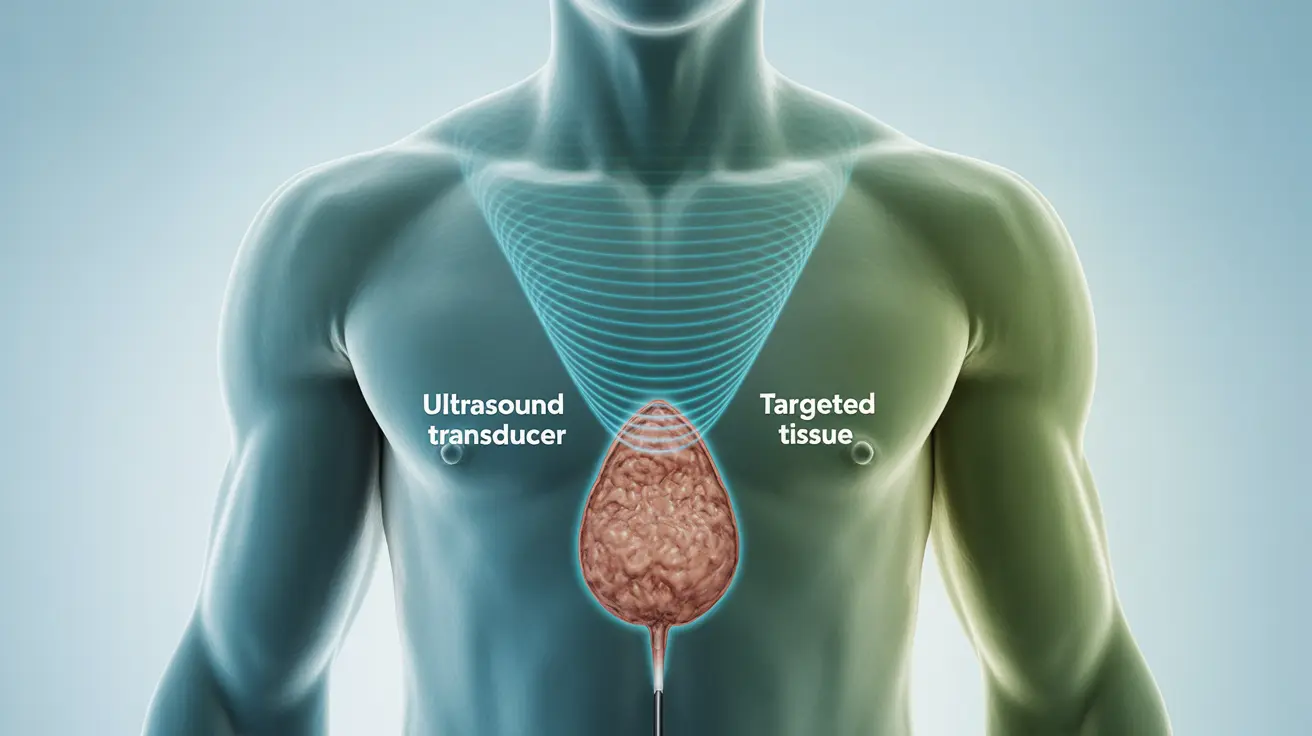High-Intensity Focused Ultrasound (HIFU) treatment represents an innovative approach to treating prostate cancer, offering many patients a less invasive alternative to traditional therapies. As this advanced technology gains recognition, many patients are seeking to understand the financial aspects and overall value proposition of HIFU treatment.
In this comprehensive guide, we'll explore the costs associated with HIFU prostate cancer treatment, examine its benefits, discuss ideal candidates, and address important considerations about insurance coverage and accessibility.
Understanding HIFU Treatment Costs
The cost of HIFU treatment for prostate cancer varies significantly depending on location and specific medical facilities. In the United States, patients typically can expect to pay between $15,000 to $25,000 for the procedure. International treatment centers, particularly in Mexico, Canada, and Europe, often offer more competitive pricing, ranging from $12,000 to $20,000.
- Facility fees and location
- Physician expertise and experience
- Pre-treatment consultations and testing
- Post-procedure care and follow-up visits
- Geographic location and market competition
Benefits of HIFU Treatment
HIFU offers several distinct advantages over traditional prostate cancer treatments:
- Minimally invasive procedure with no surgical incisions
- Shorter recovery time compared to radical prostatectomy
- Reduced risk of certain side effects
- Potential for better preservation of urinary and sexual function
- Option for repeated treatment if necessary
- Usually performed as an outpatient procedure
Candidate Selection and Treatment Criteria
Not every prostate cancer patient is an ideal candidate for HIFU treatment. The best candidates typically include:
- Men with early-stage, localized prostate cancer
- Patients with tumors confined to the prostate gland
- Those seeking alternatives to surgery or radiation
- Individuals who meet specific prostate size requirements
- Patients who can tolerate the procedure based on overall health status
Recovery and Side Effects
Understanding the recovery process and potential side effects is crucial for making an informed decision about HIFU treatment:
The typical recovery timeline includes:
- 1-2 days of catheterization
- Return to normal activities within 1-2 weeks
- Full recovery within 2-3 weeks
Common side effects may include:
- Temporary difficulty urinating
- Mild discomfort or pain
- Short-term urinary frequency
- Possible urinary tract infection
- Temporary sexual function changes
Insurance Coverage and Accessibility
Insurance coverage for HIFU treatment varies significantly:
- Many private insurance companies consider HIFU experimental
- Medicare coverage may be limited or unavailable
- Some facilities offer financing options or payment plans
- International treatment centers might provide package deals
- Self-pay is common among patients choosing this treatment
Frequently Asked Questions
How much does HIFU treatment for prostate cancer typically cost in the United States and other countries?
In the United States, HIFU treatment typically costs between $15,000 to $25,000. International options may be more affordable, ranging from $12,000 to $20,000, with some facilities offering comprehensive treatment packages.
What are the main benefits of HIFU compared to traditional prostate cancer treatments like surgery or radiation?
HIFU offers minimal invasiveness, shorter recovery time, reduced risk of certain side effects, better preservation of urinary and sexual function, and the ability to repeat treatment if necessary. It's also an outpatient procedure with no surgical incisions.
Who is an ideal candidate for HIFU prostate cancer therapy and what types of prostate cancer does it treat?
Ideal candidates are men with early-stage, localized prostate cancer where the tumor is confined to the prostate gland. Patients must meet specific prostate size requirements and have suitable overall health status.
What are the common side effects and recovery time after undergoing HIFU for prostate cancer?
Recovery typically takes 2-3 weeks, with catheterization for 1-2 days. Common side effects include temporary urinary difficulties, mild discomfort, increased urinary frequency, and possible short-term changes in sexual function.
Is HIFU prostate cancer treatment usually covered by insurance, and how accessible is this treatment option?
Insurance coverage varies widely, with many private insurers considering HIFU experimental. Medicare coverage may be limited. Many patients opt for self-pay or financing options, and some facilities offer payment plans to improve accessibility.




